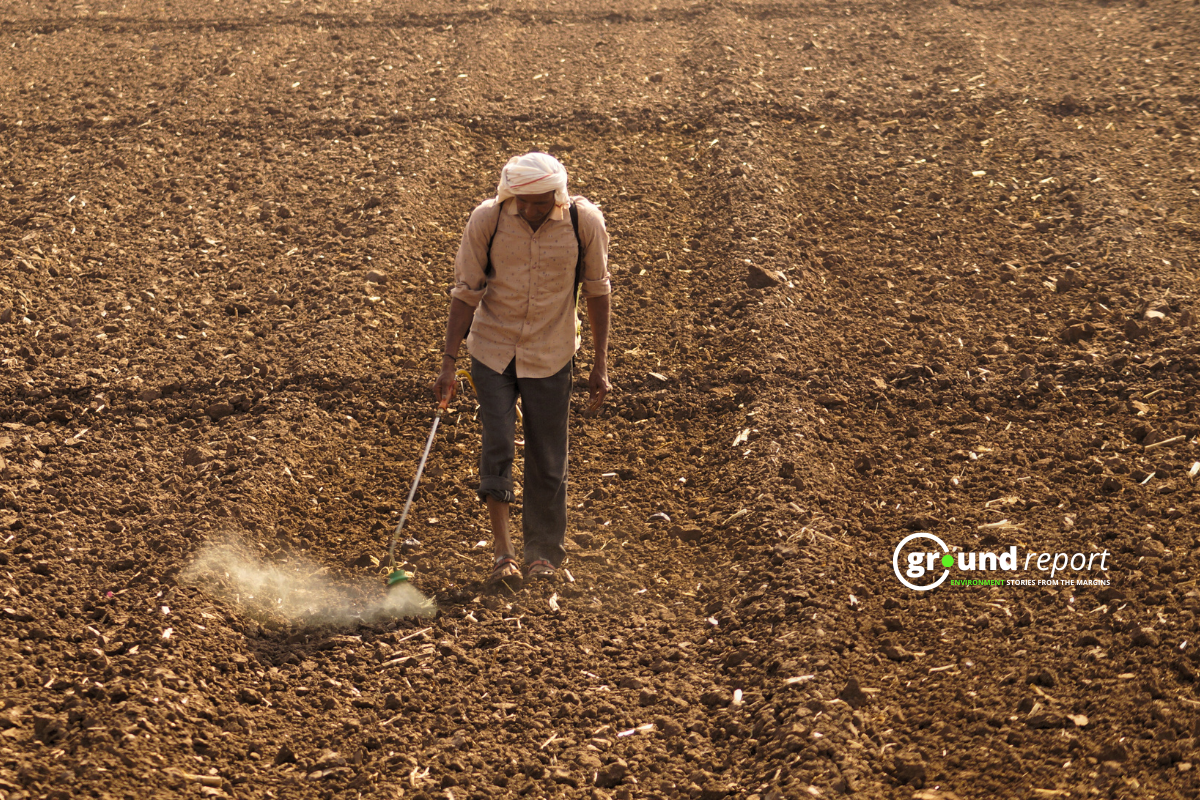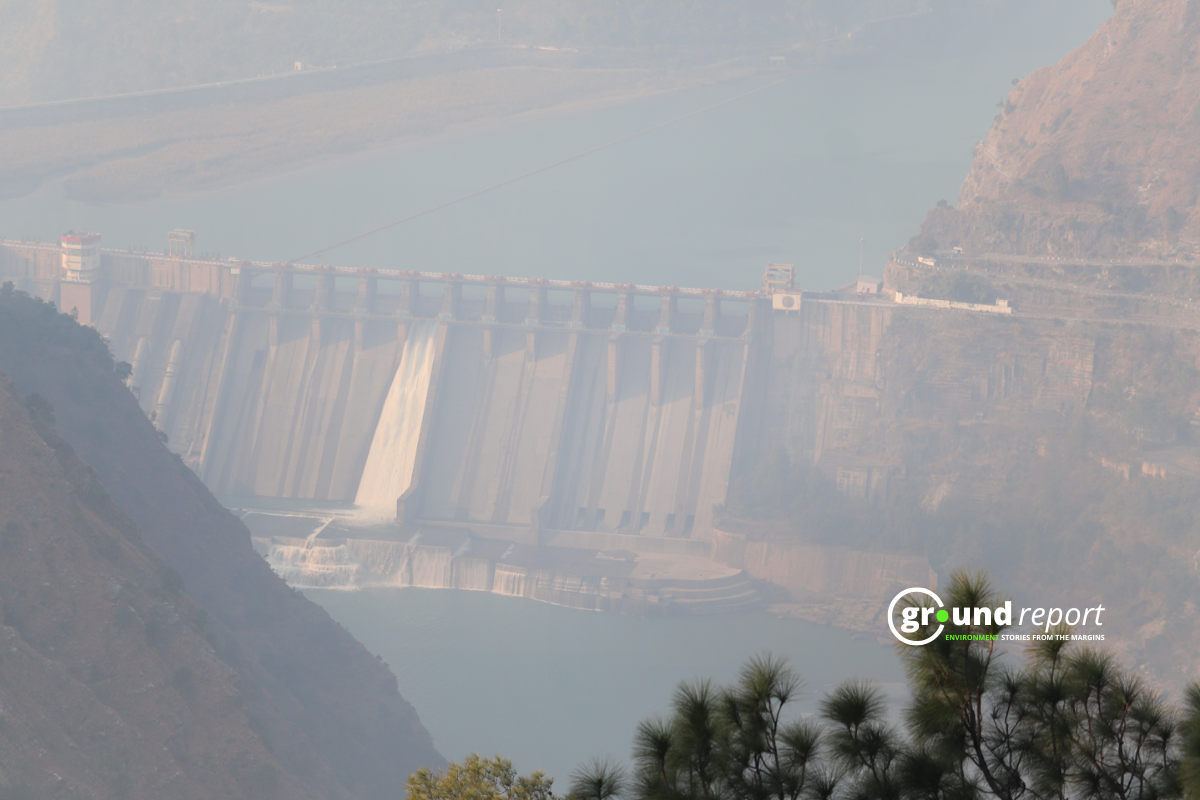According to the report of the Center for Science and Environment, in the year 2022, India faced extreme weather events on 314 out of 365 days. This situation will be grimmer in the coming years. Humans have to evaluate their lifestyle choices. People are making many efforts to make their life eco-friendly. One such effort is the construction of sustainable and eco-friendly houses. Houses built through sustainable and traditional techniques don’t require ACs in hot summer and heaters in winter. According to experts, if the local techniques are used right, then these houses can withhold natural calamities like cyclones and earthquakes.
These houses can be defined as homes built without harming nature, and use the least amount of natural resources to run. Dhruvang Hingmire and Priyanka Gunjikar, architects from Pune, Maharashtra, are helping people to build such houses.
In 2014, Dhruvang and Priyanka completed their graduation from the Rachna Sansad Academy of Architecture. Their professor Malaksingh Gill drew their interest in traditional-localized techniques for home construction. Hence, they chose to build houses with sustainable and traditional techniques as a career.
The technique
The construction is done with traditional materials and techniques. The process starts with surveying the nearby region/areas to understand the existing architecture, design, culture, and material availability. As Dhruvang emphasizes, surveying is a very crucial part of their process. Further, they incorporate local art into the house to make it look aesthetic.
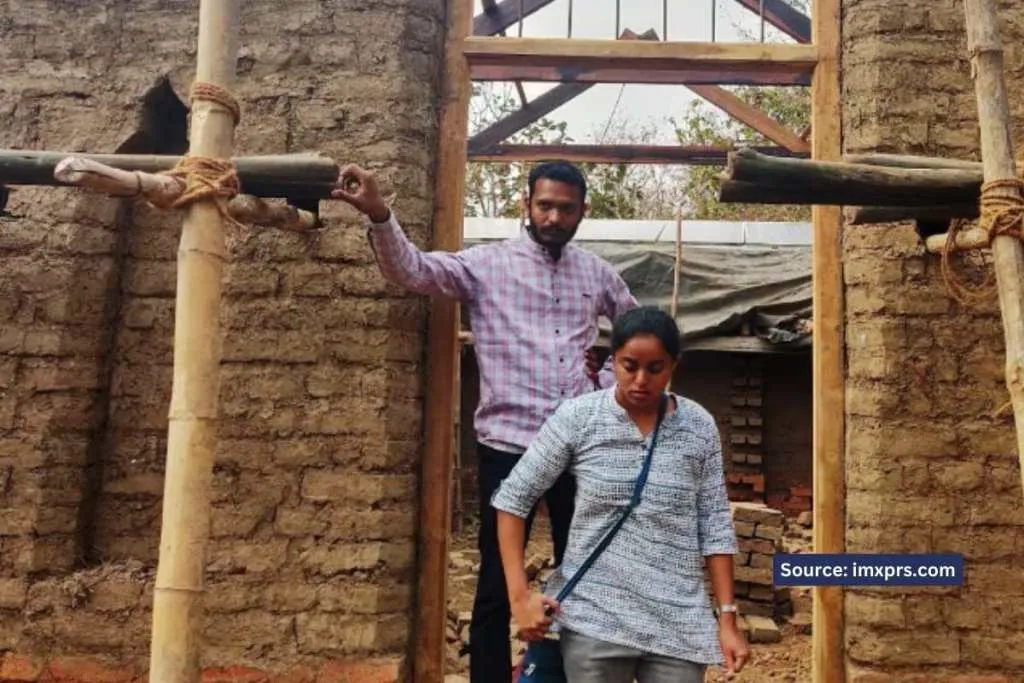

In these houses, wood is used instead of metal rods, sun-dried bricks are used instead of kiln-fired bricks, mud clay is used instead of cement, and surkhi (brick powder) is used instead of sand. In material, they use cow dung or rice husk only when it is necessary. They use locally-sourced material like mud/soil which has significantly less carbon footprint than cement, or aluminum. Not just this, the water footprint is lesser than the material used other in conventional houses.
In addition, they have to manage the timeline of the construction with the monsoon i.e. it takes almost a year, and a half to complete one house.
Are mud houses strong enough?

While addressing the questions of durability, and high maintenance of mud houses, Dhruvang says,
“Cement was invented 100 years ago, before that the walls of our forts were made of mud and lime. I do not believe that houses made of cement are stronger. It is a mix of both advertisements and a lack of visible alternatives. The advertisements for cement, have made us believe that cement makes the house strong… remember the famous ‘Ambuja Cement ad’…As far as maintenance is concerned, we use ‘maintenance’ as a negative word. It is an intermediary between you and the product. Hence, it is necessary for every house… And in a mud-house, it can be done at minimal cost.”
Additionally, they said, the roof and foundation of the house should be focused upon. This would determine the durability of the house. With frequent extreme weather events, the need for ‘time-tested’ techniques is unparalleled.
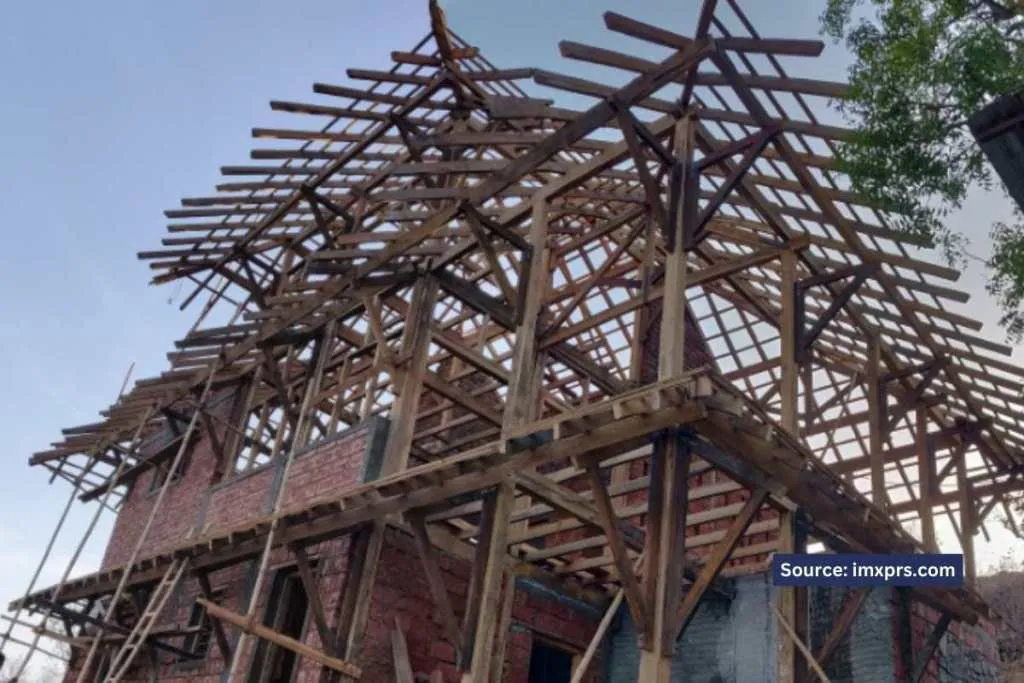
Dhruvang says “For the first time we are witnessing cyclones in the Arabian Sea. Nisarga and Biparjoy are examples of this. In such a situation, it is important to build houses in the traditional style, because they are time-tested. During the Nisarga storm, we ourselves saw that the houses which were made of traditional style suffered less damage as compared to concrete ones.”
One of the questions that came to our mind while talking to Dhruvang and Priyanka was, can multi-storied buildings be made from mud and wood? An interesting answer we got from Dhruvang on this was that we should ask ourselves why and where we need a multistoried building.
Employing locals in building homes
Dhruvang and Priyanka’s work with traditional techniques employs a lot of local people. According to them, using native techniques, to make houses allows them to employ local people. Although, there are a few hurdles. In explaining the woodwork, Priyanka says, “The most difficult thing in our work is to find a carpenter who knows woodwork. The new generation of carpenters does not want to do the work of building houses. It’s easier for them to make furniture.”

Dhruvang adds to this that “the women of the village are more skilled in building such houses. But their work has never been given the status of skilled labor. When women work, they work while singing folk songs, at that time the rhythm of their hands while plastering is worth watching”
The main difference between the cost of a mud house and a concrete house is the material-to-labor ratio. In a concrete house, the cost of construction material is 70% and labor is 30%, while in a mud house, the cost is 70% of labor and 30% of construction.
The finances
The cost of building a mud house depends on the kind of house to be built, and then the availability of available raw materials. According to Dhruvang-
“If using local mud and local labour, cost will be around 1200 to 1500 per sq.ft. of built-up area. While going for more finish-oriented work, the cost may range between 2000 to 3000 per sq ft. – but this depends on many variables that change from place to place.”
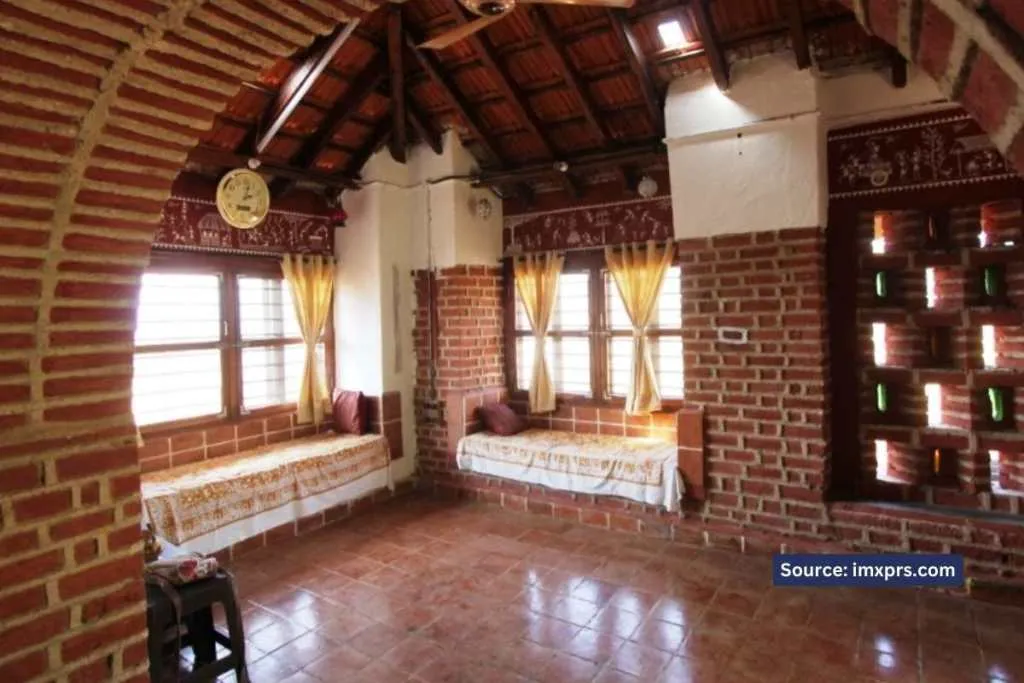
According to them, there is a sustainable aspect to mud-house building endeavors. But, it is not a bad profession as well. Although, they do feel that early professionals have to strive hard and employ themselves as a consultant in certain projects to manage the finances, quite like how they did it. On the optimistic side, Dhruvang did feel that the tide is shifting towards more sustainable housing, hence there would be more money for early professionals in the sector.
Conclusion
Dhruvang and Priyanka individually manage to work on only 4 to 5 projects in a year. But he does make time to share his experience and techniques with those who are interested in building mud houses. If you also want a consultation with Dhruvang and Priyanka, then you can contact them through their website.
The trend of building mud houses is slowly gaining momentum. People are understanding their importance, but it is still not mainstream. On one hand, people in cities are showing interest in mud houses but as their second homes i.e. farmhouses or vacation houses. On the other hand, cement-based ‘pucca’ homes are still drawing in rural areas mostly due to social mobilization associated with such homes.
While there are people like Dhruvang and Priyanka, there is a need to make people aware of the impact and importance of mud houses.
Support us to keep independent environmental journalism alive in India.
Keep Reading
The costliest water from Narmada is putting a financial burden on Indore
Indore’s Ramsar site Sirpur has an STP constructed almost on the lake
Indore Reviving Historic Lakes to Combat Water Crisis, Hurdles Remain
Indore’s residential society saves Rs 5 lakh a month, through rainwater harvesting
Follow Ground Report on X, Instagram and Facebook for environmental and underreported stories from the margins. Give us feedback on our email id greport2018@gmail.com.
Don’t forget to Subscribe to our weekly newsletter, Join our community on WhatsApp, and Follow our YouTube Channel for video stories.





